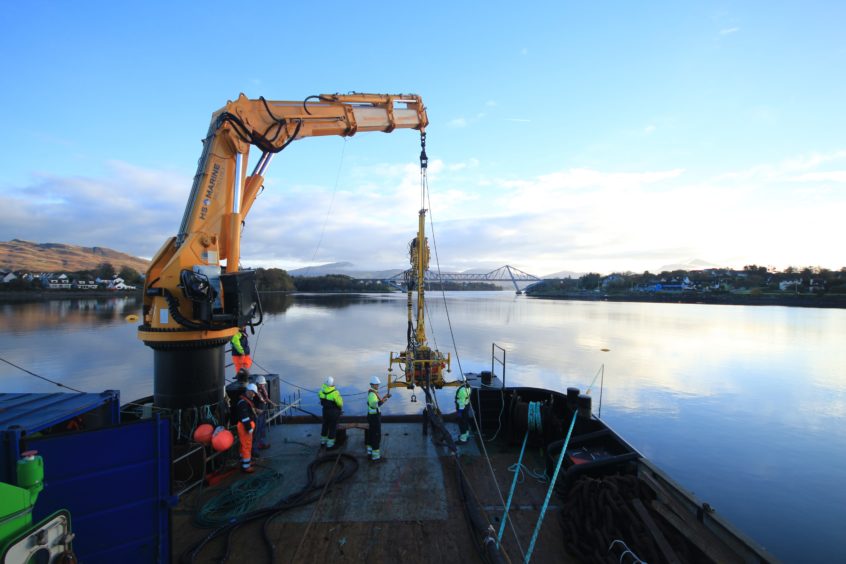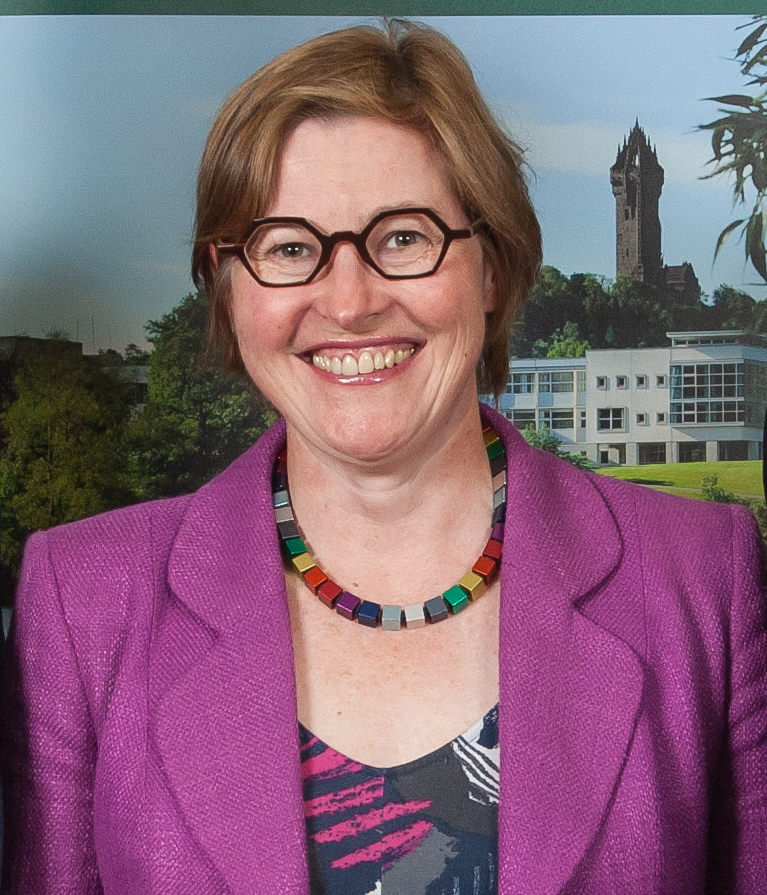
It’s not often that the aquaculture and energy sectors are talked about in the same sentence in Scotland. Yet, in Norway, for example, salmon is often considered to be the long-term replacement for oil and gas as the linchpin of the country’s economy.
Should Scotland be any different? Looking beneath the surface, the two sectors could have a lot to learn from one another. Indeed, recent developments have brought this idea back to the fore: as decommissioning becomes increasingly important to the oil and gas industry – with the North Sea maturing as a basin – the issue has become more salient to fish farmers as they look to sustainably grow.
In July this year, Mowi announced its decision to close salmon farms at Loch Ewe and Loch Duich. The company subsequently said it will open a new site off the island of Scalpay in Skye to align its expansion plans with the Scottish Parliament’s Rural Economy & Connectivity (REC) Committee’s recommendations for sustainable fish production, moving away from locations near sensitive wild salmon habitats.
The move has put decommissioning, at least in an aquaculture context, in the spotlight. These cases are relatively rare: a senior member of the industry recently told me they had only seen three sites pulled throughout their career of more than 20 years. Yet, there are the beginnings of a direction of travel in the industry which suggests re-locations, and therefore the decommissioning of assets, could become a more prominent issue – albeit, for different reasons to oil and gas.
The influences are two-fold. The first is technological advances, which are making higher energy waters in more remote locations a viable option for fish farms. In that spirit, earlier this year a consortium of partners – including the University of Dundee, Sustainable Marine Energy, Gael Force, and SAIC – began exploring the use of innovative new anchoring technology, often used in marine energy. The results could open up new sites for the industry in deeper and higher energy waters – a potentially crucial development for the industry’s future.
The second is regulatory change, which could see fish farm operators naturally gravitate towards these sorts of areas. The REC Committee’s report will likely see fish farms encouraged to look at new sites for their operations, with high energy waters offering greater dispersal rates; a lower impact on the benthos; and, therefore, an opportunity to enhance sustainability.
There has already been significant progress on this front, with one site in particular paving the way for the future. Cooke Aquaculture’s salmon farm at Skelwick Skerry, off the coast of Westray in Orkney, is a pioneer in this regard, showing how high energy locations could help deliver a more sustainable and productive future for aquaculture.
While the re-location of sites to high-energy waters on a widescale basis is likely to be some way off, the Loch Ewe and Loch Duich cases show that it is possible and, perhaps in future cases, desirable.
The process has been defined by companies which have been through the process before, such as Mowi. When dismantling sites, the company ensures anchors are kept and either re-deployed or donated for charitable initiatives, such as community development projects. The same is done with heavy chains used for mooring while any plastics are chipped and recycled. The seabed, in time, returns to its natural characteristics.
Of course, there has been some discussion around the use of current energy assets for aquaculture purposes as well. In the past, there has been suggestion of converting defunct rigs into hubs for marine culture and deep-sea farming. A study from Curtin University in Malaysia was set up to look into the prospects for using disused platforms and, while the idea is yet to generate significant momentum, the project team said the proposal was ‘realistic’. Offshore wind farms have also been explored as a potential location for aquaculture sites.
Knowledge sharing is key to economic development and aquaculture can learn a lot from other industries – energy, in particular. As the environmental and technological landscapes change and we look to harness more sustainable means of production, that will only become more apparent. Decommissioning is just one strand of the process where lessons can be learned. The time to forge connections between the two sectors to drive innovation is now.

